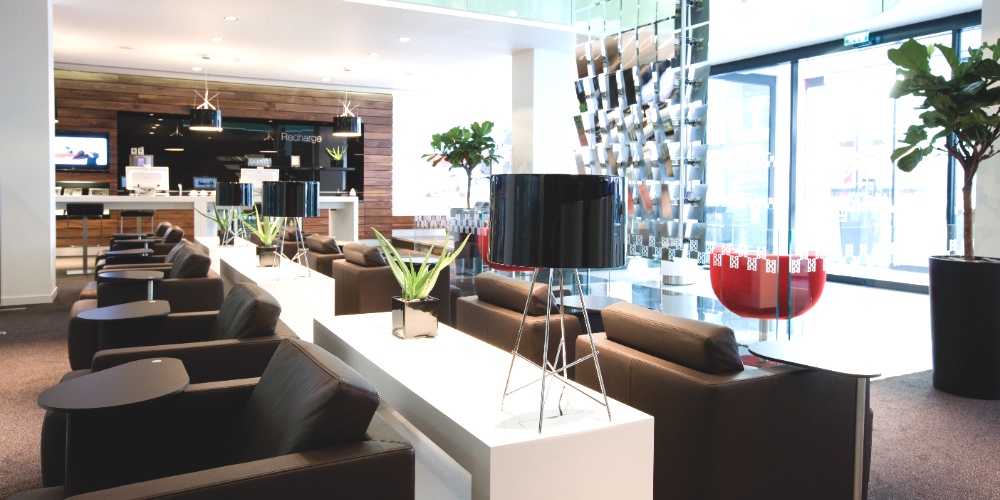As Regus reports a 15.9% rise in group revenue during 2015, it sets the scene for further expansion this year with particular focus on China, the US and India.
On Tuesday, Regus reported a rise in underlying operating profit of 37% for 2015. During the 12-month period, the company expanded its network by 22% after adding 554 new locations to its global presence. This brings its total business center footprint to 2,768 workplaces across 106 countries and 977 cities, with 2.3million members worldwide.
Hot off the back of these results, it’s little surprise that Regus plans to further expand in 2016 as part of its long-term strategy.
CEO Mark Dixon’s statement confirms that the company has “scope for significant growth” with China, India and the US on the radar, noting the potential for a combined total of over 9,500 locations (up from over 1,000 today). He notes that the UK, home to 347 centres, also has “significant scope for further expansion”.
Altogether, Dixon lays bare the company’s grand ambition: a figure of 20,000 locations worldwide.
Confidence and vigilance
Part of this growth will come from Regus’s partnerships and acquisitions, both facilitating the company’s entrance into new markets and consolidating its presence in others. For instance, its new Spaces venture – an unbranded social workspace model launched in 2015 – is already helping Regus to tap into a new generation of creative workers and attract new audiences.
On the acquisition front, we can expect much more activity over the coming year. This is despite a spot of bother in 2015 involving Regus’s attempted takeover of Avanta Serviced Office Group in London, which led to intervention from the UK Competition & Markets Authority (CMA). The acquisition was eventually resolved at the start of 2016 with CMA approval – but only following Regus’s agreement to sell a number of Avanta centres in five Central London locations.
Even so, given that the company swelled by one-fifth in 2015, this setback seems little more than a drop in the ocean.
Mark Dixon states that 2015 “was a very significant year” in the company’s development and is looking ahead with confidence. However, he refers to the need to “remain suitably vigilant given the current global macroeconomic uncertainty”.
Among them, such global economic uncertainties would likely include unstable oil prices, China’s slowdown and looming US elections, not to mention the potential impact of the UK’s impending referendum over whether or not to stay within the EU.
“Power of flexible workspace”
All things considered, and leaving aside the company’s bullish confidence in its continued growth, Regus’s flexible workspace rivals can extract a number of positives from this report. Dixon himself says he is “confident” in the long-term structural drivers of the wider industry, part of which derives from greater recognition in “the power of flexible workspace in helping them [businesses] maximise the positive impact of new technologies and transform performance.”
He added: “Increasing awareness of our industry, coupled with shortening company and project lifecycles, is leading customers to distribute their workforces and service their customers in new ways that drive efficiency and reduced costs.”
This drive is both contributing to, and a product of, Regus’s phenomenal growth. One of the company’s undeniable strengths is its ability to adapt to current market conditions in order to meet the changing needs of its clients – such as its partnership with Spaces and Kora last year – and its efficiency in such cases are evident in its latest financial results.
But of course it’s not just Regus that’s reaping the rewards of greater recognition in flexible workspace. In its ‘How You Work‘ report, Cushman & Wakefield estimates that flexible office space now accounts for up to 8% of global office uptake. It also cites statistics from Instant Offices that there are over 7,500 business centres in the world, growing at a rate of 10% every year.
In some cases, recognition is still an upward struggle – particularly in regional locations. The challenge now is to continue adapting to the needs of today’s (and tomorrow’s) business requirements, and to maintain a competitive advantage against new market entrants including conventional landlords and disruptors such as WeWork and NeueHouse.


 Dr. Gleb Tsipursky – The Office Whisperer
Dr. Gleb Tsipursky – The Office Whisperer Nirit Cohen – WorkFutures
Nirit Cohen – WorkFutures Angela Howard – Culture Expert
Angela Howard – Culture Expert Drew Jones – Design & Innovation
Drew Jones – Design & Innovation Jonathan Price – CRE & Flex Expert
Jonathan Price – CRE & Flex Expert













